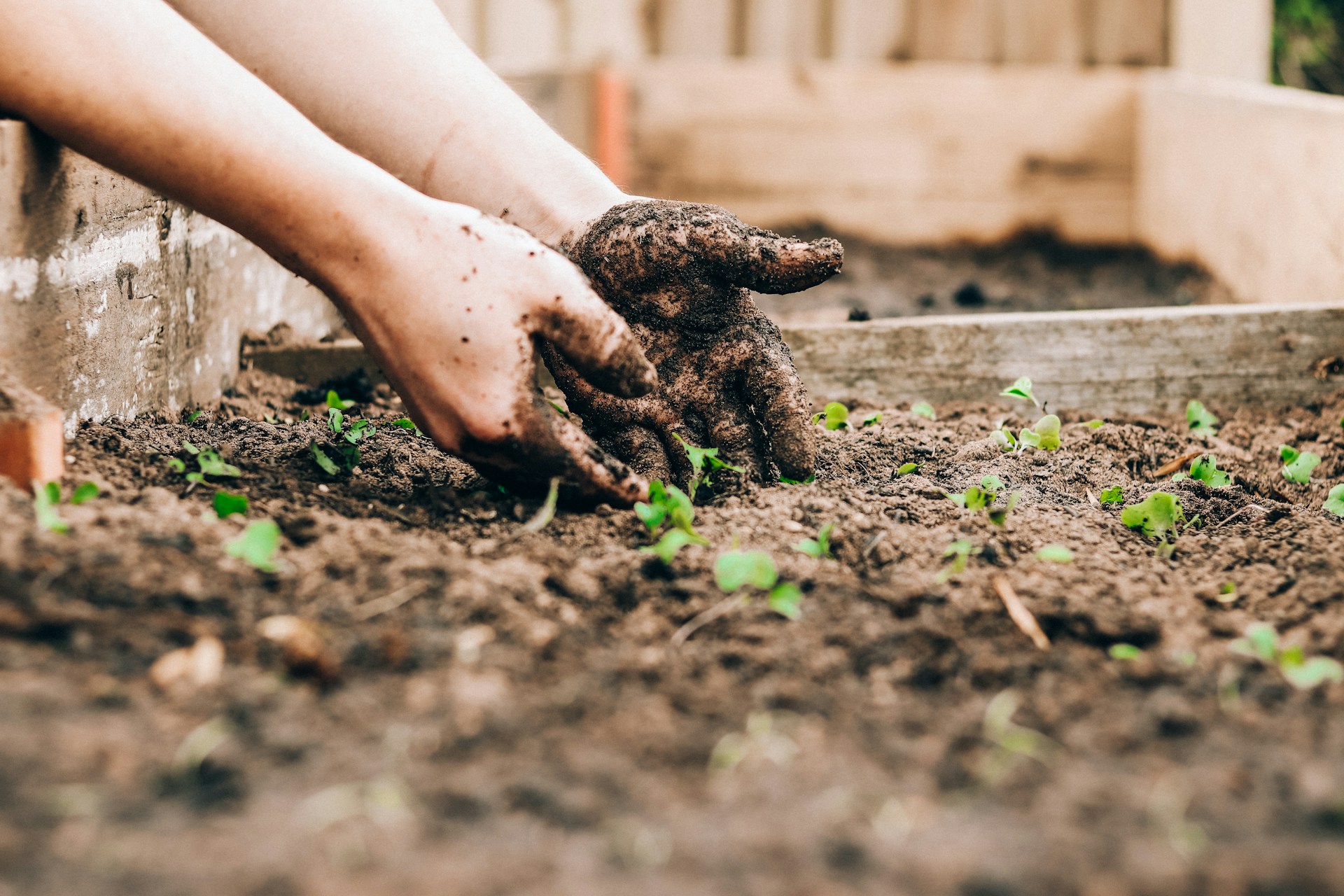Whether you are taking on a small gardening project or embarking on a large-scale construction project, the backbone for any successful undertaking lies in the correct preparation of your soil. When chosen and prepared methodically, the soil becomes the foundation for strong plant growth, impressive landscape designs, and long-lasting construction projects. That’s why, as seasoned soil experts in the landscape and gardening industry, we cannot emphasize enough the significance of taking the time to carefully plan and execute soil preparation.
In this informative blog, we will share valuable tips, techniques, and industry know-how to help you establish a solid base for your landscape projects, regardless of their size or scope. We will cover essential topics, such as selecting the appropriate soil type based on your project requirements, testing and amending your soil for optimal fertility and pH balance, removing unwanted debris and obstacles, and establishing an ideal grade for proper drainage and settling.
Choosing the Right Soil for Your Project
To create a stable and thriving environment for your landscape projects, selecting the appropriate soil type is crucial. Each soil type has unique properties that cater to specific needs, including water retention, nutrient availability, and drainage capabilities. Some common soil types you may encounter include:
1. Topsoil: Rich in nutrients, topsoil is the uppermost layer of soil that supports plant growth. Ideal for garden beds, landscaped areas, and lawns, topsoil provides the nourishment necessary for plants to flourish.
2. Garden Soil: A blend of topsoil and organic matter, garden soil is specifically formulated for successful plant growth and offers improved moisture retention and nutrients.
3. Sand: With its texture and excellent drainage capabilities, sand is ideal for creating a stable base for pavers, flagstones, or underneath a pool liner.
4. Stone: Crushed stone or gravel is a popular choice for driveways, walkways, and drainage projects, offering durability, low maintenance, and superior drainage capabilities.
Testing and Amending Your Soil
Once you have selected the ideal soil type for your project, testing your soil for nutrient levels and pH balance is a crucial next step. Soil tests provide valuable information about your soil’s composition, enabling you to make informed decisions on necessary amendments like adding fertilizers or adjusting pH levels. Here’s a brief overview of how to perform a soil test and amend your soil accordingly:
1. Collect soil samples: Using a trowel or soil probe, collect multiple samples from the area you intend to work on and mix them to create a composite sample.
2. Perform a soil test: Send the soil sample to a local extension office or a reputable soil-testing laboratory to receive a detailed analysis of your soil composition.
3. Amend your soil: Based on the test results, add the recommended fertilizers, organic matter, or other amendments to optimize your soil fertility and pH balance.
Removing Debris and Obstacles
During the initial stages of soil preparation, scan your project site for any obstacles or unwanted debris that could hinder your landscape project’s success. Consider addressing the following common issues:
1. Weed Removal: Control weeds by hand-pulling or using a hoe to dislodge and remove them from your landscape area.
2. Clearing Debris: Remove sticks, rocks, and other debris from the area to create a clean slate for your soil preparation.
3. Addressing Invasive Roots: Identify any invasive tree or plant roots that could compete with your new plants for nutrients and water. Remove or control these invasive roots as necessary to prevent future issues.
Establishing Proper Drainage and Grading
Inadequate drainage can lead to numerous issues, such as waterlogged plants, unstable foundations, or even damage to your property. On the other hand, insufficient settling and grading can cause water to pool and erode your landscape textures. Therefore, ensuring proper drainage and grading is an essential aspect of soil preparation. Follow these steps to create a successful drainage system and establish an ideal grade:
1. Assess your landscape’s natural slope and water flow patterns: Ideally, your landscape should have a gentle slope to direct water away from structures and prevent pooling.
2. Determine your desired grade: For lawns and landscapes, aim for a grade that is flat but slightly slopes towards the outer edges. Remember that flat surfaces may result in standing water, whereas steep slopes can lead to erosion.
3. Adjust your grading: Use a rake or other landscaping tools to move and adjust the soil, creating a smooth and consistent grade for your project.
4. Ensure proper drainage: Depending on your specific project, additional drainage solutions may be necessary, such as adding gravel, installing perforated pipes, or creating a French drain system.
Conclusion
Prioritizing proper soil preparation is the key to successfully launching any landscape or gardening project. By choosing the right soil, testing and amending it as needed, removing debris, and establishing proper drainage and grading, you create a solid foundation for a thriving and visually appealing environment. When it comes to sourcing high-quality soil products and necessary equipment in Kenner, Louisiana, always remember to rely on us at Reliable Soil – your trusted partner for all your landscaping and construction needs.

